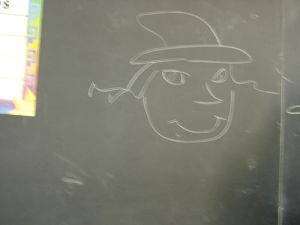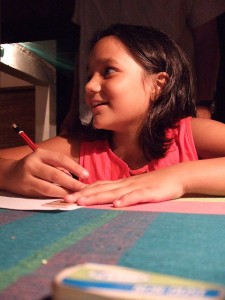The end is almost here. And for me is always difficult and awful saying goodbye to those things I have loved. But it is time to move on. I barely remember exactly what were my goals at the beginning of the TKT’s course, but I’m pretty sure I have made a big progress.
It all began because I found this great job being a teacher in a kindergarten. At the beginning I was so nervous and lost, and that is why I decided to take this course in order to fit that job, as it should. All of a sudden, this course became in my first tool. And everything was marvelous and amazingly surprising when I was applying the new knowledge into my classroom.
Teaching became a challenging activity full with fun experiences, but also an activity that needed a lot of preparation, even in very young learners levels.
I must admit I was scare at the beginning of the course, thinking it was going to be too hard for me. It was hard, but it was completely enjoyable. Now I think, it was incredible, and I’m proud of myself of made it.
I’ve realized this is the first step to become a best teacher. The long road doesn’t seems so long now that I’ve taken the basic steps. In the near future, I will love to continuing preparing myself in the teaching area with a master degree for example. As all you know, my major allow me to move around in all of these area with a lot of benefits, such as working with discipline, managing groups, etc. I also think that this course gave me more fluency and property in the way I talk in English and think in English. Furthermore, If I’ll have the chance to improve my English in scientific contexts, I will do it right away.
As this post is looking like a goodbye letter, I will like to say to all of you are reading, that it was such an honor share these moments with you. And for my teacher Ellen, who I’m really thankful with, that this course was one of the most beautiful, helpful, useful and fun courses I’ve ever taken ☺
Keep in touch, and have fun with your future teaching life.
Love, Saraí.






